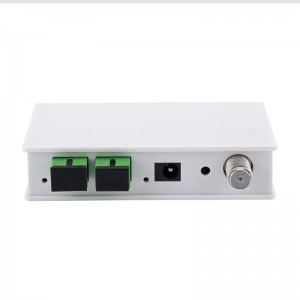FTTH Optical Receiver(CT-2001C)
Overview
This product is an FTTH optical receiver. It adopts low-power optical receiving and optical control AGC technology to meet the needs of fiber-to-the-home. Use triple play optical input, control signal stability through AGC, with WDM, 1100-1620nm CATV signal photoelectric conversion and RF output cable TV program.
The product has the characteristics of compact structure, convenient installation and low cost. It is an ideal product for building cable TV FTTH network.
Feature
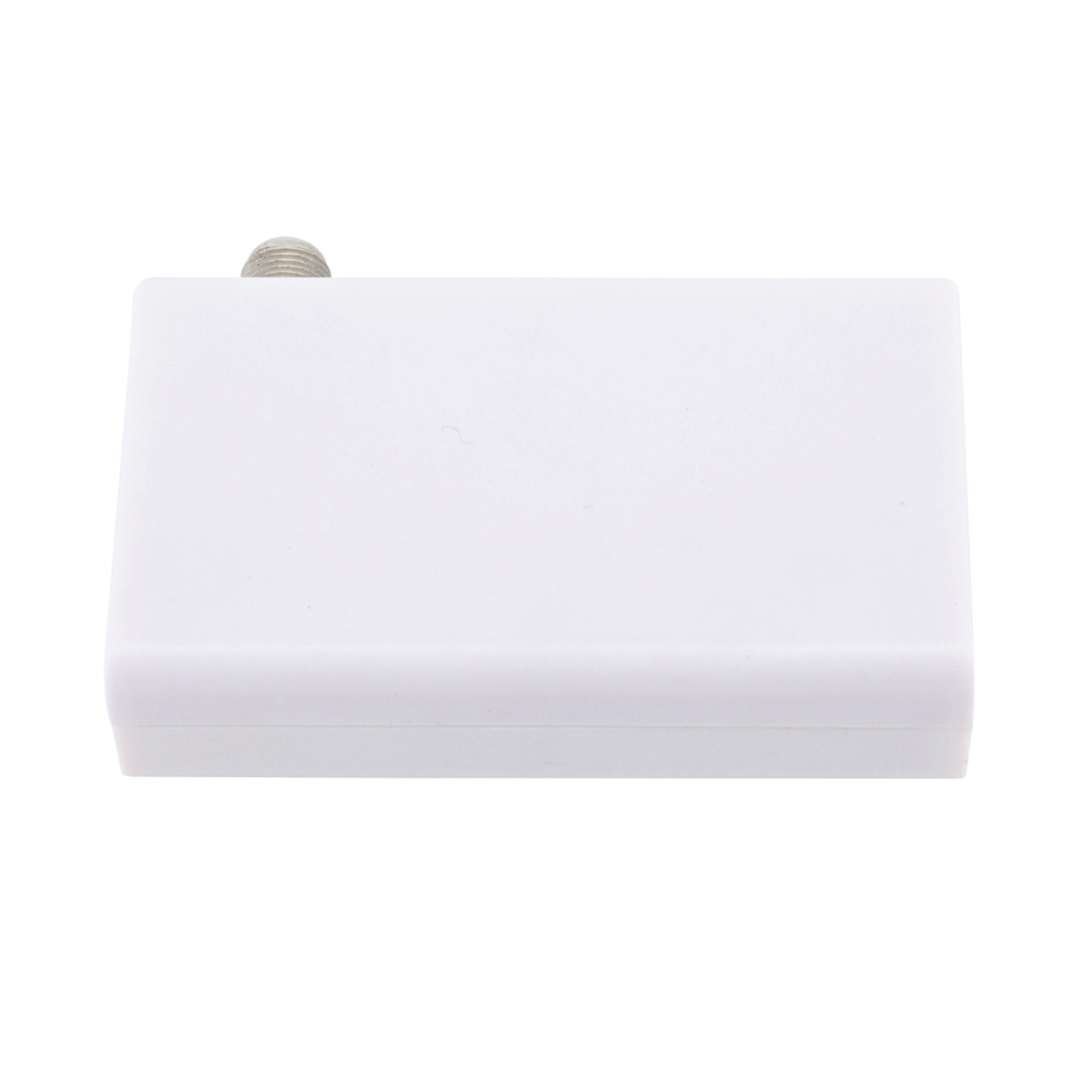
> High-quality plastic shell with good high fire rating.
> RF channel full GaAs low noise amplifier circuit. The minimum reception of digital signals is -18dBm, and the minimum reception of analog signals is -15dBm.
> AGC control range is -2~ -14dBm, and the output is basically unchanged. (AGC range can be customized according to user).
> Low power consumption design, using high-efficiency switching power supply to ensure high reliability and high stability of the power supply. The power consumption of the whole machine is less than 3W, with light detection circuit.
> Built-in WDM, realize single fiber entrance (1100-1620nm) application.
> SC/APC and SC/UPC or FC/APC optical connector, metric or inch RF interface optional.
> The power supply mode of the 12V DC input port.
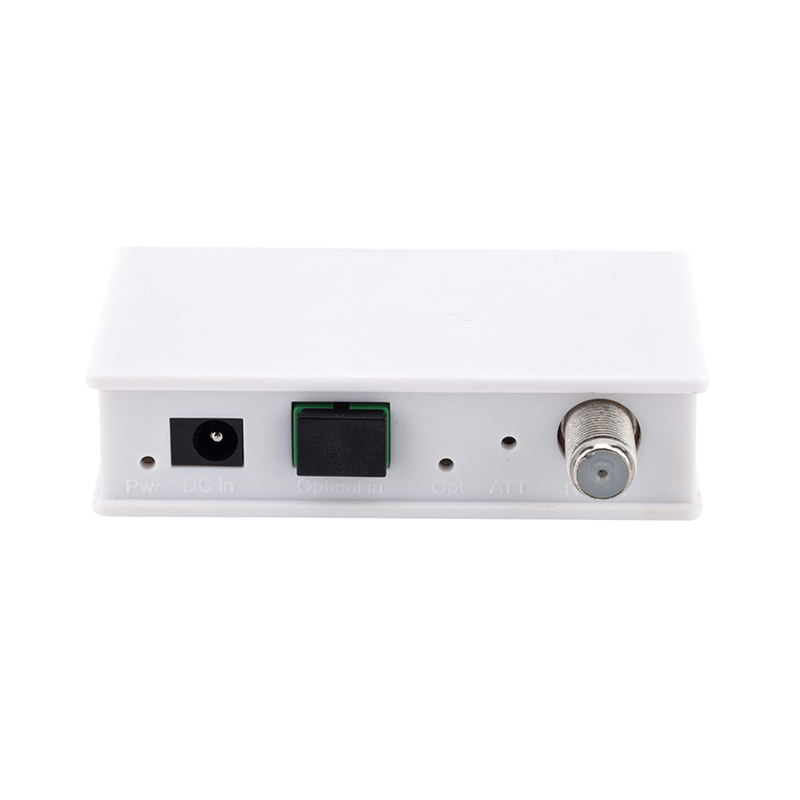
Technical indicators
|
Serial number |
project |
Performance parameters |
||
|
Optical parameters |
||||
|
1 |
Laser type |
Photodiode |
||
|
2 |
Power Amplifier Model |
|
MMIC |
|
|
3 |
input light wavelength(nm) |
1100-1620nm |
||
|
4 |
input optical power(dBm) |
-18 ~ +2dB |
||
|
5 |
Optical reflection loss(dB) |
>55 |
||
|
6 |
Optical connector form |
SC/APC |
||
|
RF parameters |
||||
|
1 |
RF output frequency range(MHz) |
45-1002MHz |
||
|
2 |
output level(dBmV) |
>20 Each output port (optical input: -12 ~ -2 dBm) |
||
|
3 |
flatness(dB) |
≤ ± 0.75 |
||
|
4 |
Return Loss(dB) |
≥14dB |
||
|
5 |
RF output impedance |
75Ω |
||
|
6 |
Number of output ports |
1&2 |
||
|
link performance |
||||
|
1 |
77 NTSC / 59 PAL analog channels |
CNR≥50 dB (0 dBm light input ) |
||
|
2 |
|
CNR≥49Db (-1 dBm light input ) |
||
|
3 |
|
CNR≥48dB (-2 dBm light input ) |
||
|
4 |
|
CSO ≥ 60 dB, CTB ≥ 60 dB |
||
|
Digital TV Features |
||||
|
1 |
MER (dB) |
≥31 |
-15dBm input optical power |
|
|
2 |
OMI (%) |
4.3 |
||
|
3 |
BER (dB) |
<1.0E-9 |
||
|
other |
||||
|
1 |
voltage (AC/V) |
100~240 (Adapter input) |
||
|
2 |
Input voltage (DC/V) |
+5V (FTTH input, adapter output) |
||
|
3 |
Operating temperature |
-0℃~+40℃ |
||
Schematic diagram
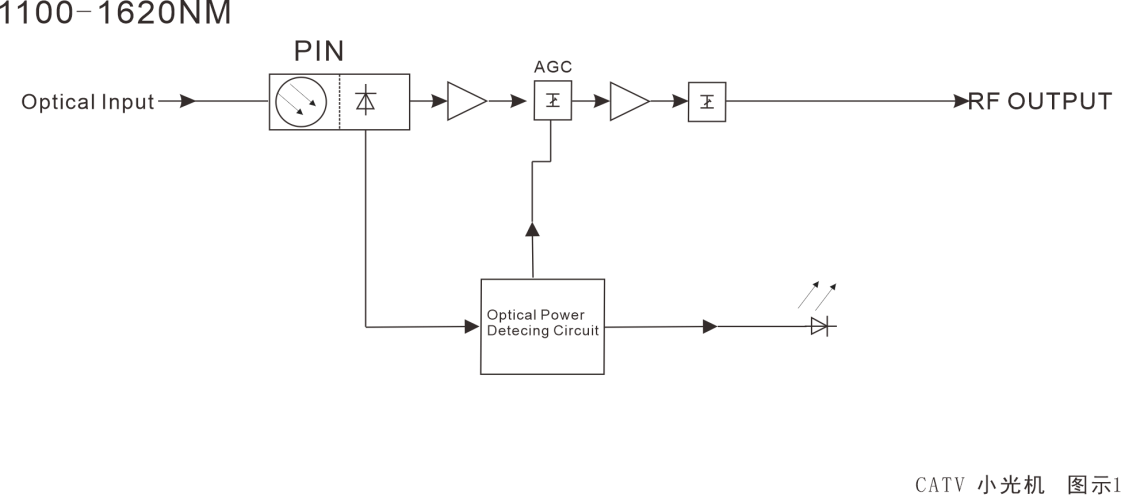
Product Picture

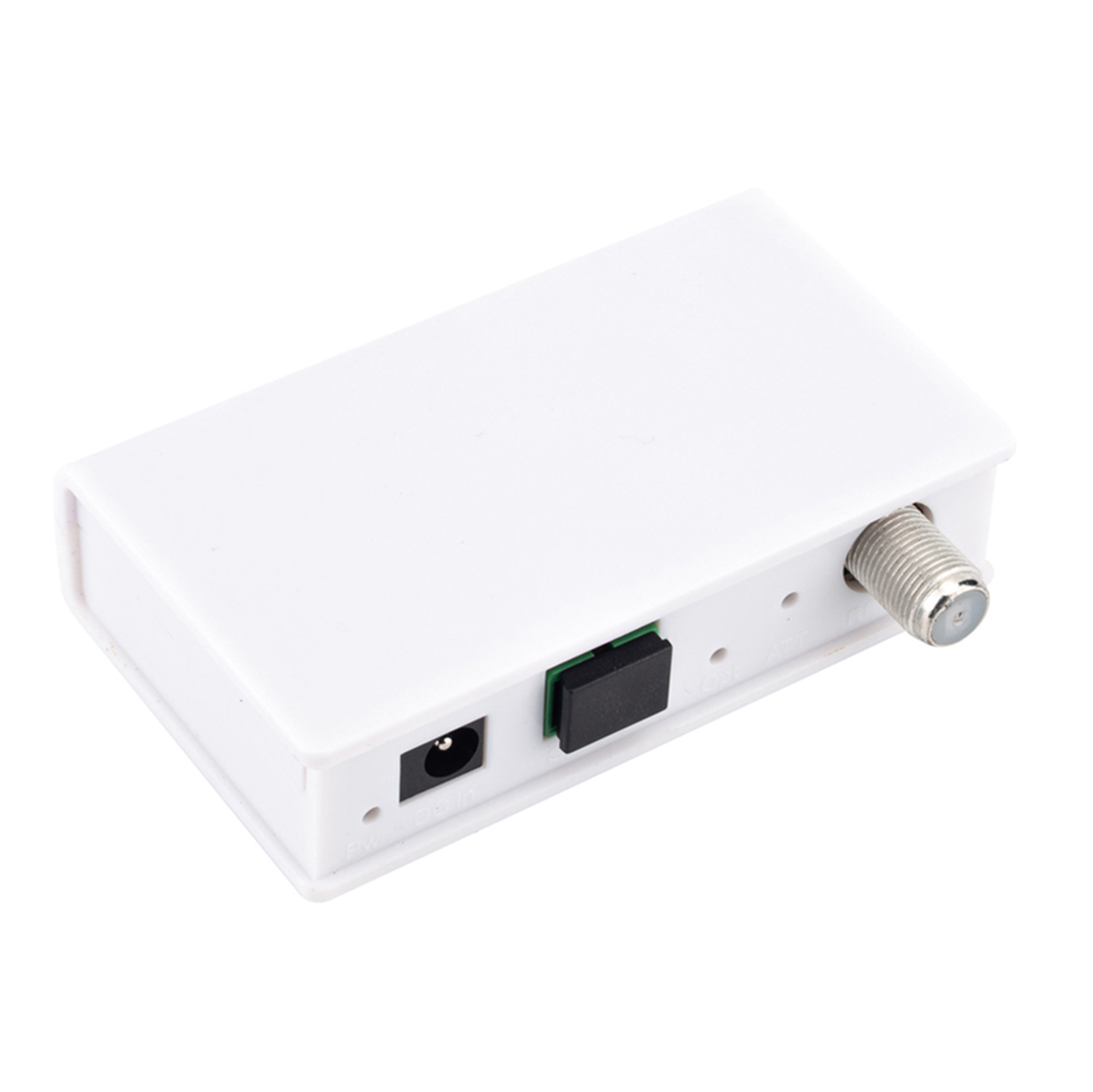
FAQ
Q1. What is an FTTH optical receiver?
A: FTTH optical receiver is a device used in fiber-to-the-home (FTTH) networks to receive optical signals transmitted through optical cables and convert them into usable data or signals.
Q2. How does FTTH optical receiver work?
A: The FTTH optical receiver adopts low-power optical reception and optical automatic gain control (AGC) technology. It accepts triple-play optical input and maintains signal stability through AGC. It converts the 1100-1620nm CATV signal to an electrical RF output for cable programming.
Q3. What are the advantages of using FTTH optical receiver?
A: Advantages of using FTTH optical receivers include the ability to support fiber-to-the-home deployments, which can provide high-speed Internet, TV and telephone services over a single fiber. It provides low power consumption, stable signal reception and high-efficiency photoelectric conversion for CATV signals.
Q4. Can the FTTH optical receiver handle different wavelengths?
A: Yes, FTTH optical receivers with WDM (Wavelength Division Multiplexing) capability can handle various wavelengths, usually between 1100-1620nm, enabling them to handle various CATV signals transmitted over fiber optic cables.
Q5. What is the significance of AGC technology in FTTH optical receiver?
A: Automatic Gain Control (AGC) technology in FTTH optical receivers ensures signal stability by adjusting the optical input power to maintain a consistent signal level. This enables reliable, uninterrupted transmission of CATV signals, ensuring optimum performance for fiber-to-the-home applications.

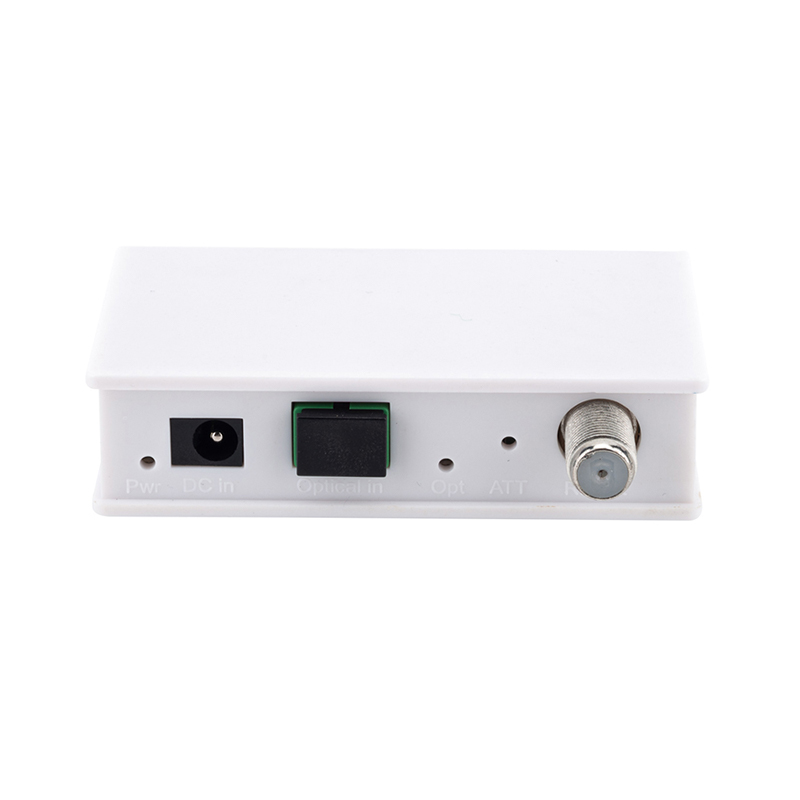
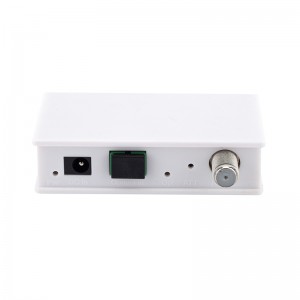
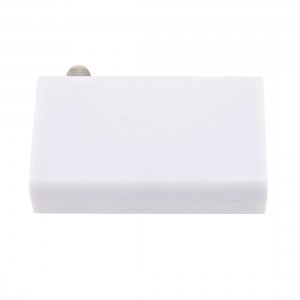

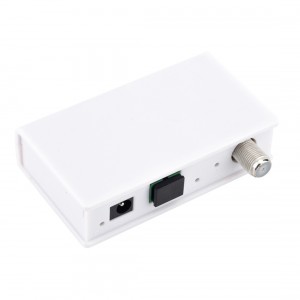
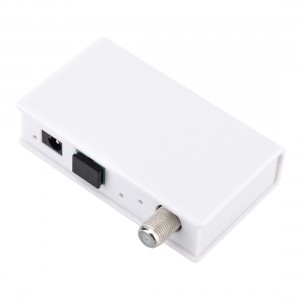
1-300x300.png)
